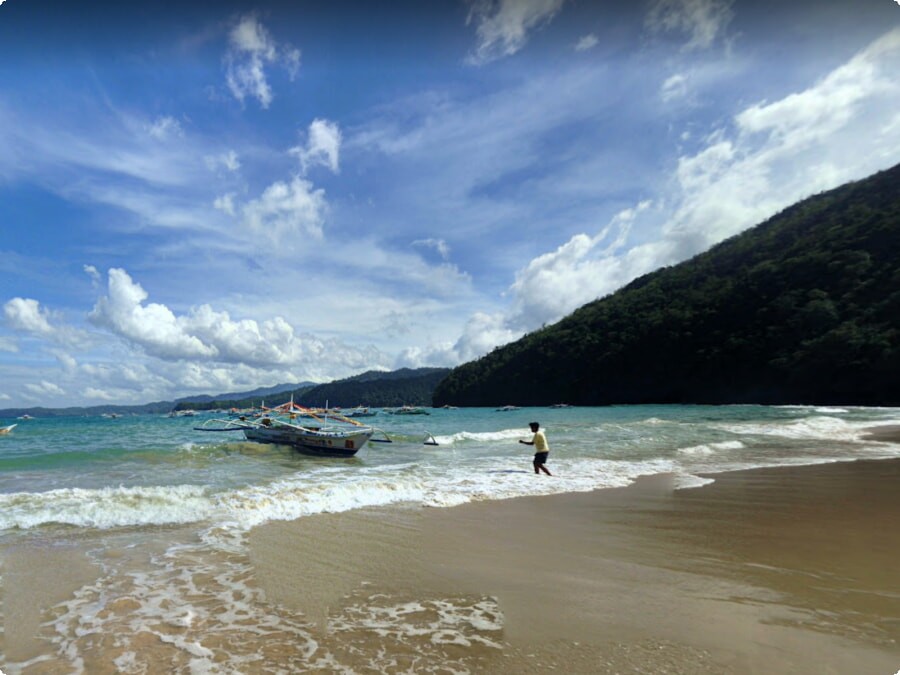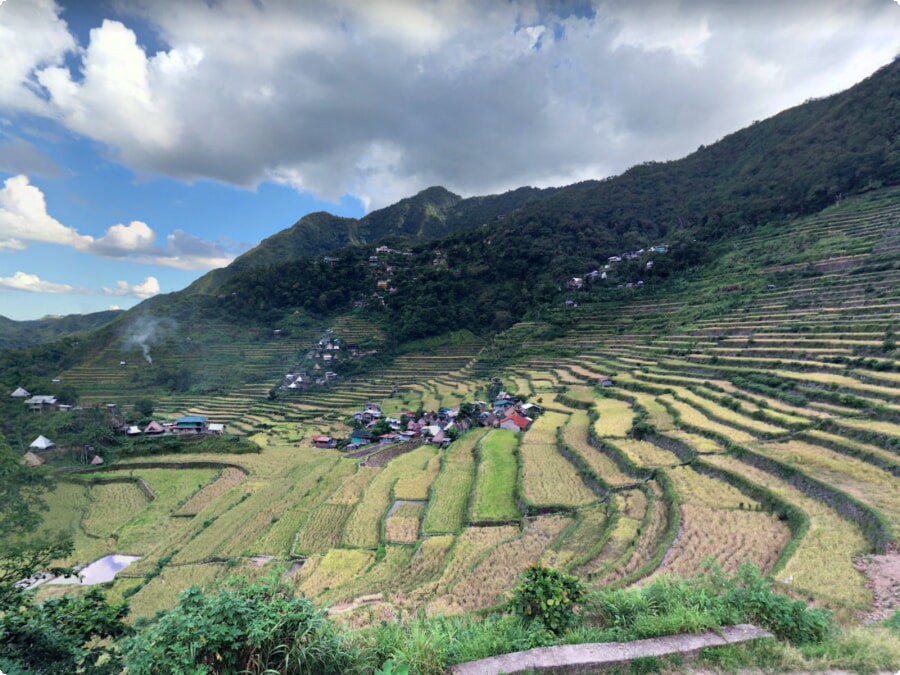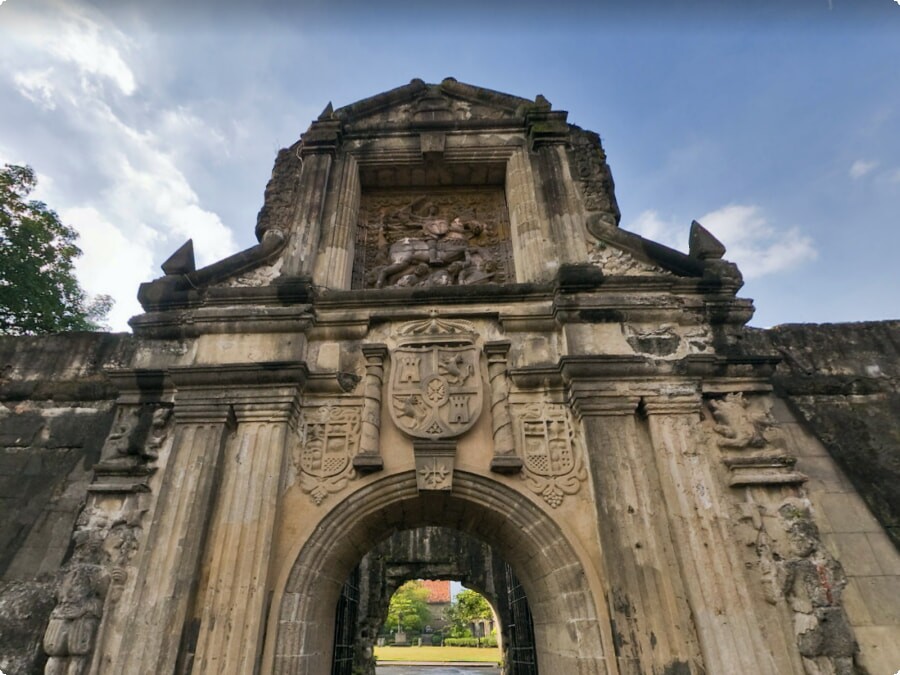Funny Facts About Philippines
Philippine culture is filled with some funny things. Whether it be the infamous wang wang phrase or the fact that every time Manny Pacquiao fights there’s a national holiday!
The Philippines is located along the Pacific Ring of Fire, so it’s no surprise that they experience a lot of earthquakes. The country is also the home to the world’s largest underground river, Puerto Princesa.
Jeepneys
Jeepneys are the heartbeat of Philippine public transport. They are also a living tapestry of Filipino culture and a symbol of the country’s ethos of creativity, ingenuity and zaniness.
Angular and boxy, their bodies are made from galvanized or stainless steel. Their guts are surplus diesel engines. Their aerodynamics are eaten up by the profusion of accessories, mirrors and grilles. But it’s all part of the charm.
After the US military left the Philippines in 1946, local mechanics fitted the abandoned jeeps with benches and daubed them with gaudy illustrations. Soon, they were the most common way for people without cars to navigate big cities. Today, they outnumber buses ten to one.
A jeepney ride is inexpensive, convenient and sometimes even a bit adventurous (you may have to clamber over a crowded back seat). But it’s not for the faint of heart: ancient diesel engines sputter and cough and, by some estimates, they emit close to a third of the nation’s energy-related carbon emissions. And they’re hardly safe by any modern standard: passengers must scramble across the narrow, crowded cabins and through narrow slatted windows that offer views of the tops of shoes, not much else.
In theory, drivers stick to designated routes. But in practice, they’ll stop wherever a passenger flags them down or to pick up more passengers. They’re easy to spot on the road because they’re always painted in bright, flashy colors and adorned with pious symbols, NBA teams and players, beautiful scenery or word art.
Tourists consider renting a car one of the best ways to enjoy all that Philippines has to offer. Renting an economy class car in Manila airport will cost about 17 euros per day, in Mactan Cebu Airport - about 16 euros per day.

Shopping Malls
Philippine malls are one of the country’s main engines for growth. They provide jobs, entertainment and even food for the local population. They also help the economy in terms of foreign investments, as most people from other countries visit these malls to buy products. They are also important for the tourism industry, as most tourists like to see these large shopping complexes while they are in the Philippines.
The Philippines is home to the world’s largest malls, including five that have gross leasable areas exceeding four million square feet. These massive emporiums are part of the lives of Filipinos, witnessing their after-work errands and serving as venues for special celebrations.
Some say that malls in the Philippines are dying, but others disagree, saying that developers are transforming them from traditional enclosed infrastructures to vibrant community centres that are adapting to changing consumer needs. It is a fascinating phenomenon that will be worth watching as it unfolds.
Among the best malls in the Philippines are SM Megamall, SM Ayala Malls, Robinsons Malls and SM Mall of Asia. They are a great place to shop for fashion items, electronics and different services. You can find many high end luxury brands as well as local Filipino brands here. In addition, these malls offer a great selection of restaurants with cuisines like Italian, French, Mexican and local Filipino food. They also have al fresco dining balconies and gardens.

Volcanic Eruptions
The Philippines is located on the Pacific Ring of Fire, so it’s no stranger to earthquakes and volcanic eruptions. The country has 23 active volcanoes, but only a few have caused widespread destruction.
Last month, Taal Volcano erupted, sending a plume of ash half a mile into the air. The volcano is the latest natural calamity to test the new President Rodrigo Duterte’s leadership in the world’s most disaster-prone nation.
More than 13,000 people have been evacuated from their homes since the volcano began oozing lava. Residents who lived within a six-kilometer radius of the volcano’s crater have been relocated to shelters. The villagers are worried that a gentle eruption will turn into a dangerous one.
It’s a tough situation for the residents of Taal, who were displaced from their homes and farms. Many of them have been living in evacuation centers, including school buildings. Their food and supplies are provided by the government.
The villagers are anxious to go back home, but they need to wait until the volcanic activity subsides. They also need to wait until the volcanic ash is cleared from the air and water so that they can resume their daily lives. The ash could affect their respiratory systems, and it may cause skin irritation. It can also affect their crops. The villagers’ livelihood depends on the agriculture of sweet pineapple, coffee called Kapeng Barako, and a local dish called tawilis.

Karaoke
Karaoke is a big part of Filipino entertainment. You will find karaoke lounges and bars in every corner of the country. You can even buy a portable karaoke sound system that can fit into your cramped condominium. You will also see people singing at family parties, malls, restaurants and even in their garages - if they have a microphone and music they are ready to show off their ear-busting vocal talents!
Whether it is belting out rock anthems or crooning slow jams, Filipinos are passionate about their music. Even their oldest members will take the stage to sing their heart out. A recent clan party saw a youthful great-grandfather in his 90s singing his rendition of Frank Sinatra’s My Way. He was out of tune and kept missing lyrics but the clan cheered him on for a five-minute standing ovation.
It is no wonder that Arnel Pineda, the former lead singer for Journey, is a Filipino. He has pipes that are perfect for power ballads. It is also not surprising that many Filipinos try to sound like their idols when they sing at karaoke. It is their way of expressing their love for their idols and bringing joy to others through their music. The best part is that you don’t need to be an amazing singer to enjoy karaoke in the Philippines! Just bring a good attitude and a penchant for fun.
Fireworks
Fireworks are a big part of Filipino festivities. Whether they are for fiestas, weddings, or concerts, fireworks add color and excitement to the event. It also creates a vibrant sound that calls the attention of spectators. It is considered a good way to show off the artistic side of the Filipinos, as well.
The New Year is one of the most important holidays for Filipinos. It is celebrated with a variety of unique traditions and superstitions. Some of these include lighting up firecrackers and fireworks, and wishing each other happy new year. There are also some who prefer to spend the New Year in the comfort of their home with their loved ones.
In the Philippines, fireworks are a very big business. The industry was first started by the Sta. Maria family in Bocaue, Bulacan. Their success inspired other companies to follow suit. Today, the country is the world’s second largest producer of fireworks. The industry is now regulated after a tragic fire in Meycauayan killed 26 people.

The Philippines’ love for basketball is so strong that it even has its own association, the Philippine Basketball Association (PBA). PBA is a professional basketball league in the Philippines, and is second only to North America’s NBA. It has millions of fans worldwide, and is very popular in Hong Kong, where many Filipinos work as domestic workers or in the healthcare industry.
Basketball
In the same way that Americans are devoted to football, Canadians love hockey and many Europeans live and breath soccer, Filipinos are deeply infatuated with basketball. From tight alleyways in bustling cities to remote villages, the familiar thud of a dribbling ball and clanging hoop can be heard throughout the 7,107 islands. The sport is so ingrained that it transcends mere sports and becomes a unifying force.
The Philippines has its own professional league called the Philippine Basketball Association, founded in 1975. The national team, Gilas Pilipinas, competes internationally as well. The sport is so popular that players from all walks of life become celebrities in their own right. Some even enter showbiz.
Despite being an underdeveloped country, the Philippines is home to some of the world's most talented basketball players. One of them, James Yap, is known as "the most complete player" in the PBA and is considered to be the second best player in the NBA behind Kobe Bryant.
In fact, the basketball culture in the Philippines is so pervasive that it's not uncommon to see the names of NBA stars on store fronts or jeepneys. This is especially true for NBA players who have Filipino heritage, such as Jordan Clarkson. The popular NBA star has even named his children after Stephen Curry and Kevin Durant, which shows just how much the game means to the Philippines.